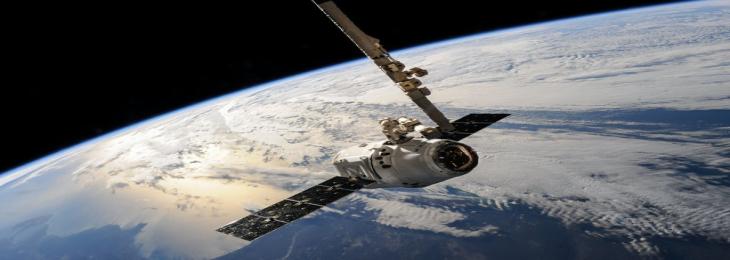
Amazon keeps on progressing with Project Kuiper internet satellites, which is a low Earth orbit (LEO) satellite constellation and planes to launch it in late 2022.
Amazon announced on November 2, 2021, that it is progressing with its Project Kuiper and plans to launch two prototype satellites into Low Earth orbit to provide affordable, fast internet services to unserved or underserved communities across the world. Amazon applied for an experimental license to the US Federal Communications Commission (FCC) for the launch, deployment and operation of KuiperSat-1 and KuiperSat-2, which will be testing networking and communications technology for the main satellite design.
As reported by Amazon, this experimental license will enable not just the launch of these two prototype satellite, it will also allow the launch of their operations and mission management methods plus the brand customer ground terminals that are used for network at Earthside end. The technology needs to get orbital testing as it is important to validate operation of system in its envisioned environment. The scheduled tests will examine the systems and subsystems for satellite and the parabolic antennas and phased array, propulsion and power systems as well as bespoke modems. Moreover, the prototypes are designed to test techniques that reduce light pollution with the use of new sunshade. The launch of prototype satellite is planned from Cape Canaveral Space Force Station, Florida on GS0 launch system and RS1 rockets developed and operated by ABL Space Systems.
Furthermore, these prototypes are developed in a way so that they burn up in the Earth’s atmosphere by deorbiting when the mission is completed in order to reduce space debris. The Kuiper System LLC is running the project and intends to launch 3,236 satellites constellation in 98 orbital planes between an altitude of 590 and 630 km. This constellation will be providing broadband internet coverage at 400mbps rate globally by the use of a cost-effective flat panel antenna.






